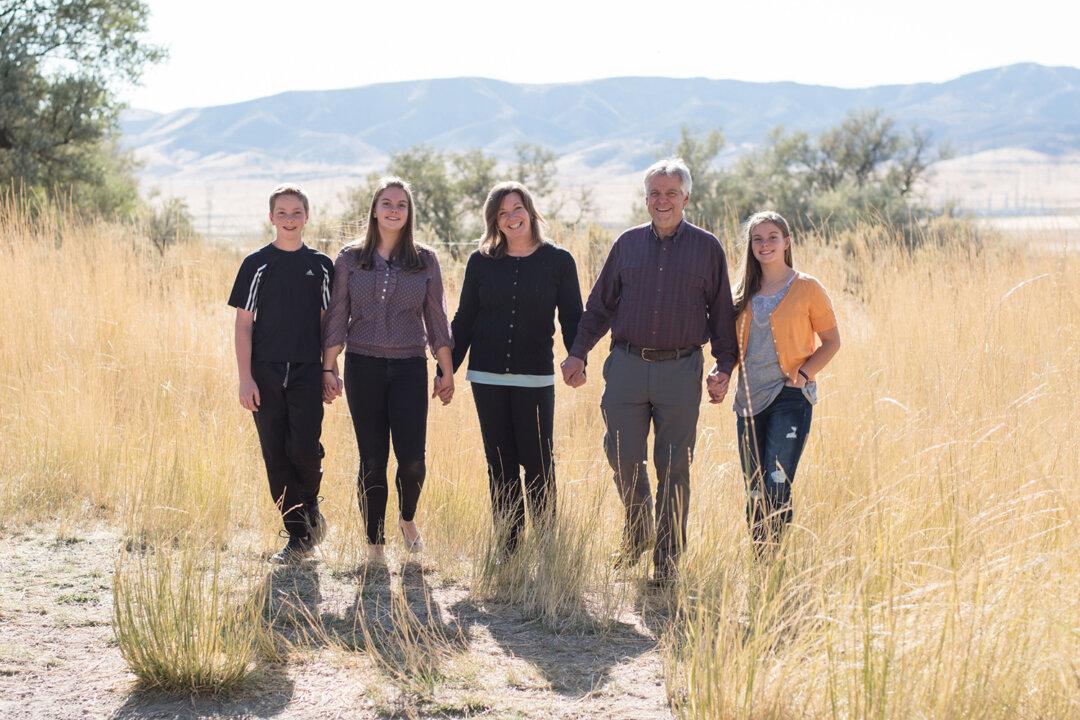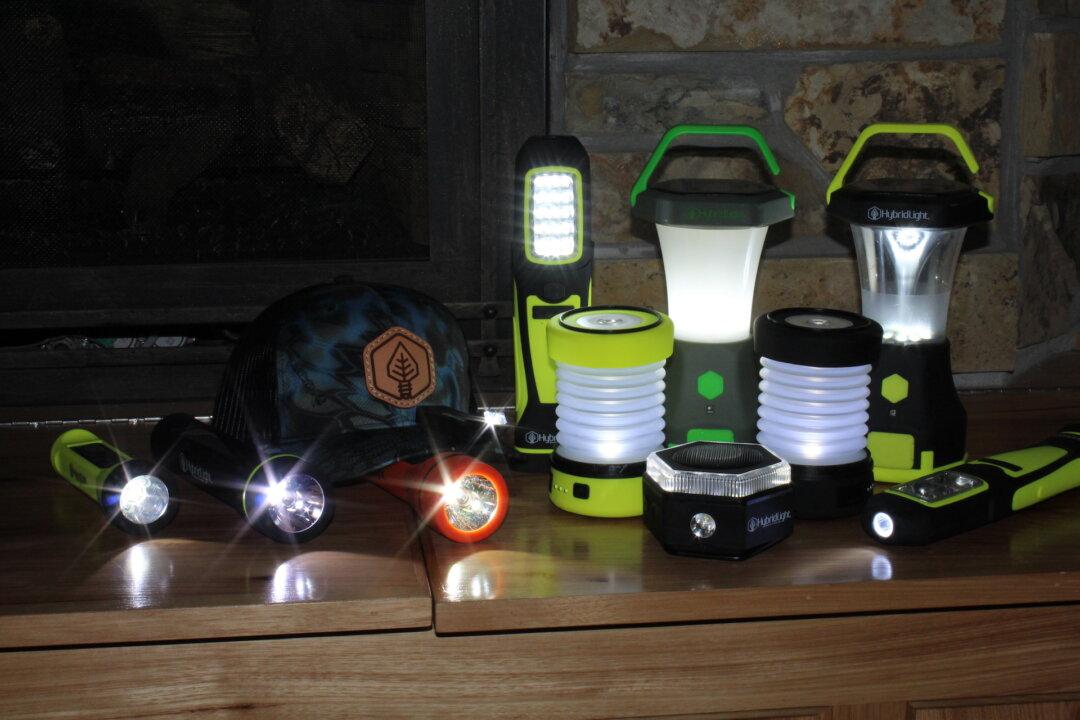The traditional image of a safari may find you searching for zebras and lions roaming the African veldt as you bounce along a rutted trail in a dusty Land Rover, but there are other closer-to-home, photos-only options to consider.
A photo safari is similar to a traditional hunting safari, with the distinct difference that in the former, you shoot with a camera. Otherwise, the experience can range from multiday affairs far from civilization and staying in tents to day trips in comfortable, air-conditioned vehicles on well-tended paths. The idea of both is to provide the experience of seeing animals in their natural habitat—or a reasonable facsimile thereof—while you take photographs or observe them with binoculars.






